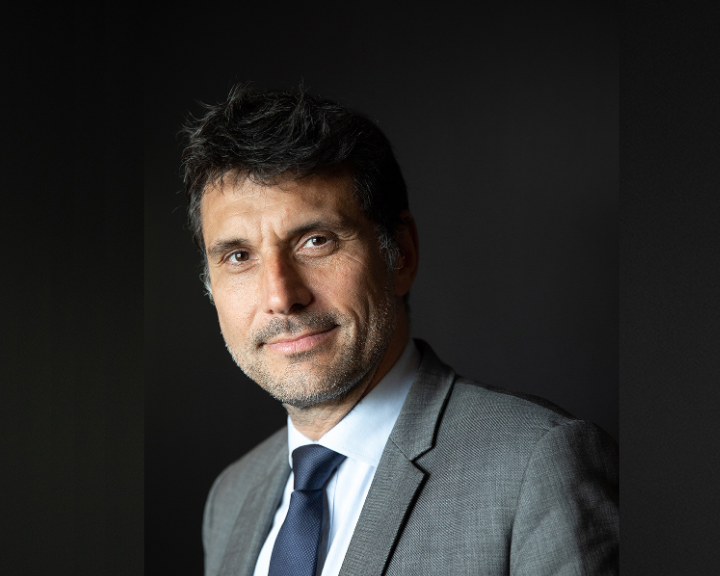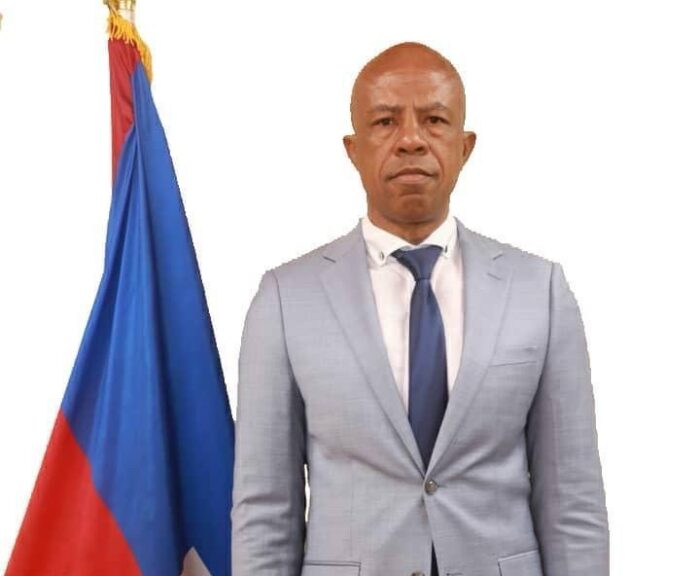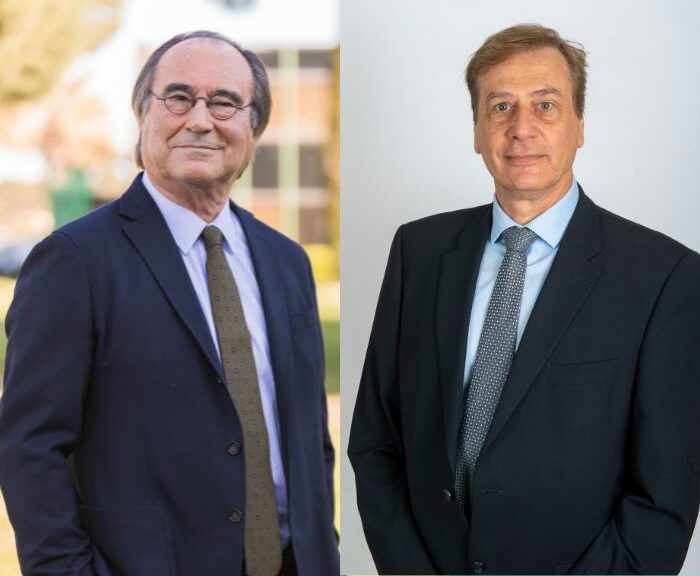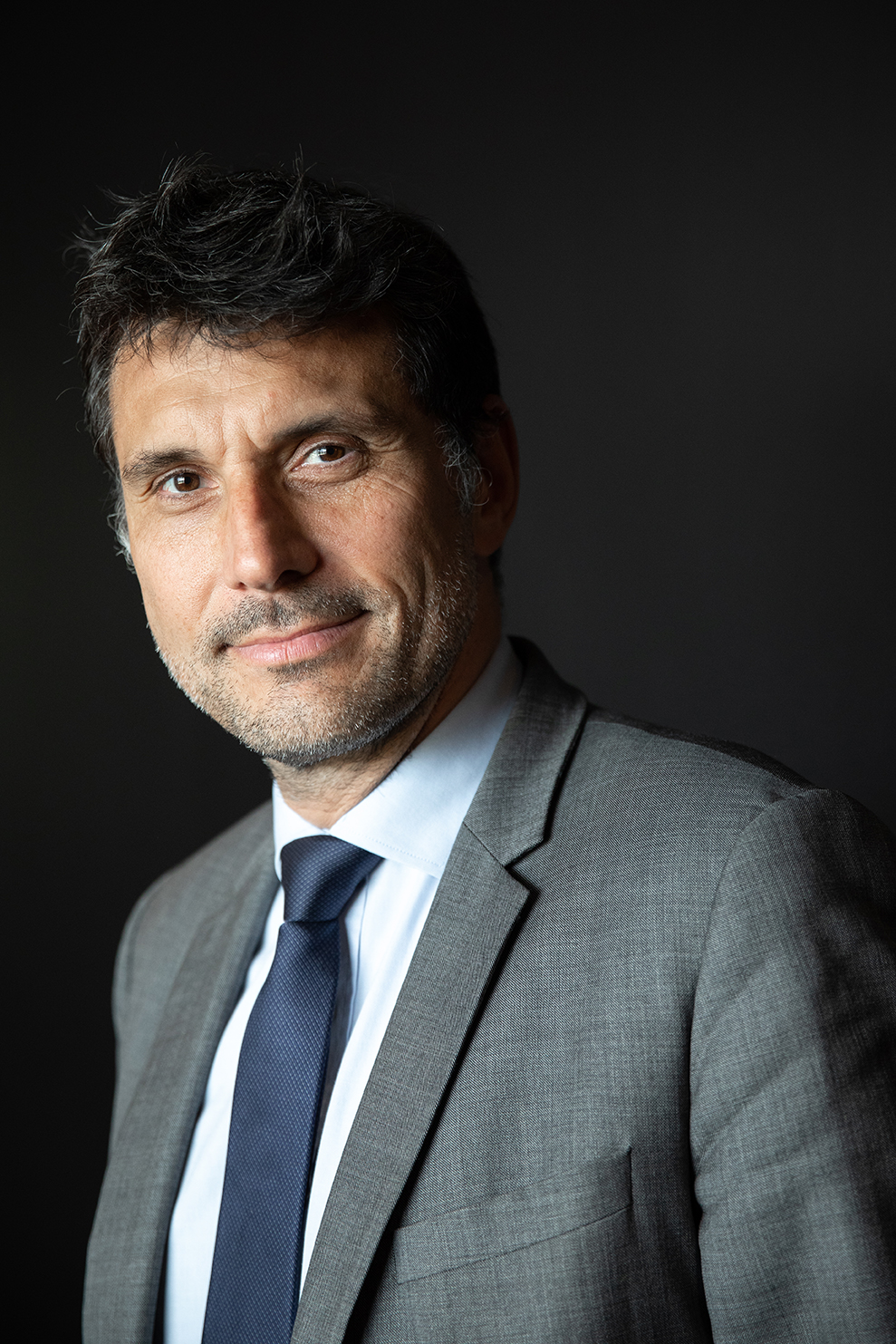
With a revenue of 20.3 billion euros and some 76,300 employees worldwide, the Eiffage group is one of Europe’s leading construction and concession firms, fully committed to innovating, designing, building, maintaining, and renovating the cities and infrastructures of the future.
Eiffage GC Marine is a subsidiary of Eiffage specialising in major maritime projects in France and around the world. Working for private and public-sector clients under design and construction contracts, Eiffage GC Marine builds port terminals (including container, bulk, RoRo, and cruise terminals), maritime infrastructures for industrial complexes (oil, gas, and mining), and coastal development and protection projects.
Being part of the Eiffage family means the firm can offer clients the qualities of a global player capable of delivering the most complex projects all over the world to the same standards of excellence, combined with the agility of a local partner capable of mobilising skills and energies wherever it is working.
Some of the projects that Eiffage Génie Civil Marine is currently leading include extending and deepening the port of Cotonou (Benin), developing the industrial fishing port at Pointe Noire (Congo), extending the mineral terminal at Freetown (Sierra Leone), the container terminal at Puerto Antioquia (Colombia), the offshore gas port of Tortue Ahmeyim (Senegal, Mauritania), and the maritime infrastructures at the Al-Zour refinery (Kuwait).
Eiffage Génie Civil Marine was keen to join AIVP for 2023.
Interview with Edgar Coulomb, General Manager of Eiffage Génie Civil Marine.
“Why join our network”
AIVP – What made you decide to join AIVP?
Our business is almost exclusively international and is mainly concentrated in Africa, Latin America and the Caribbean, and Europe. One of the AIVP’s objectives is cooperation between different urban and port stakeholders on every continent, and so it seemed a logical step to join.
We already know many AIVP members, some of them are our clients, others are partners. We maintain an ongoing relationship with them and look forward to meeting the other members.
Our port projects all involve multiple stakeholders specialising in different fields, and have to be treated as a link between the sea and the city. By its nature, we saw the AIVP as a forum for knowledge-sharing and discussion between the key parties involved in these complex projects.
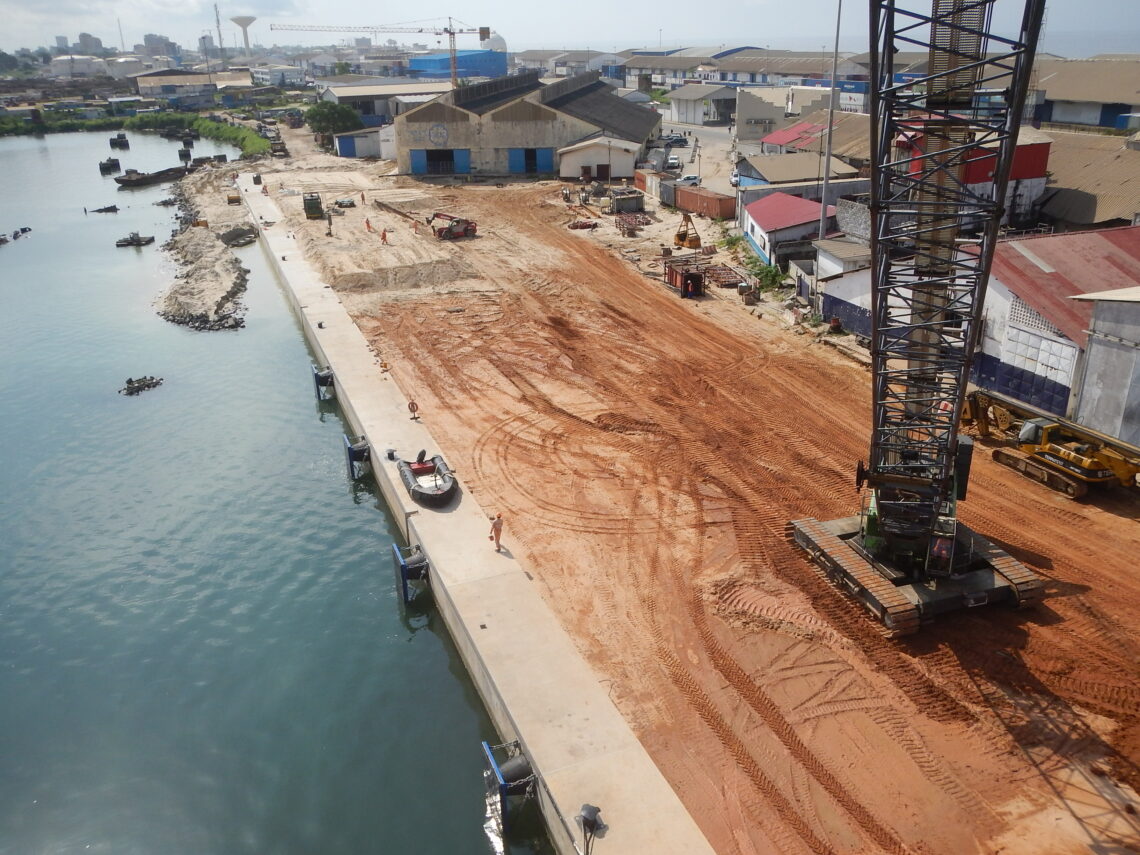
Eiffage Génie Civil Marine and our other members
AIVP – What can you do for the other members of our association?
Our job is to design and build maritime infrastructures and what makes us stand out is our strong, in-house technical department that combines expertise in maritime infrastructure engineering and construction methods. It guarantees that structures can be built in particularly challenging ocean environments while ensuring the safety of our personnel. Both the design and the construction phases are handled by our teams, with our own supervisors and equipment. This enables us to capitalise and compound the experience acquired.
We are acutely aware of the impacts of port development projects on both the marine and urban environments, during and after the construction phase.
Our vision as designer and constructor means we are able to liaise with all stakeholders at every stage of the process. It is those stakeholders – the project owners, operators, shipowners, engineers, architects, urban planners, and so on – who are represented at the AIVP and to whom we can bring our expertise on these major maritime projects that shape our coastlines and cities, and learn from them.
Getting involved from an early stage also gives us a better understanding of each project as a whole, working early on with the people who will be shaping the infrastructure programme and introducing innovative concepts to generate value instead of just looking to limit disruption and inconvenience, as is often the case. This is particularly true with the innovative coastal protection projects that we are developing or with the biodiversity conservation measures we are taking as part of the Puerto Antioquia project in Colombia, by establishing a collaborative approach with all of the stakeholders concerned as a very early stage.
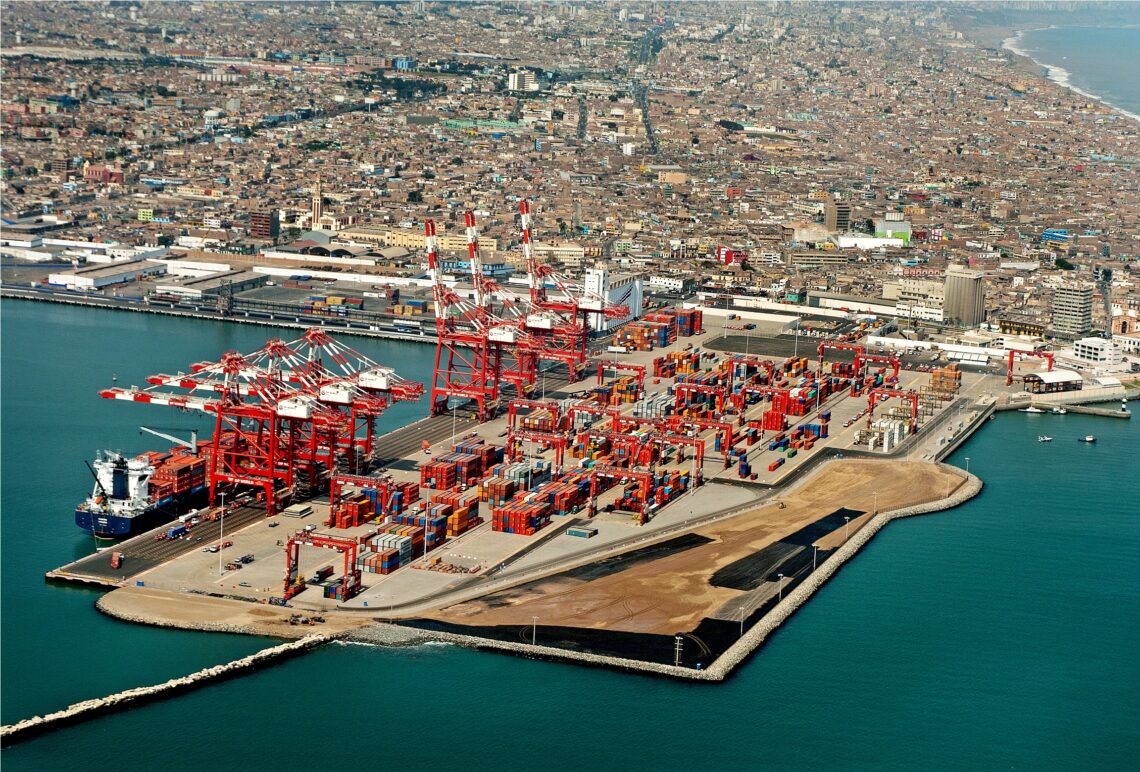
Developing ports at the interface with cities
AIVP – How are you able to fit your port development activities around the requirements in terms of living conditions for local residents?
Our port construction projects are indeed frequently located in dense urban environments, with all the constraints that come with that.
Land is very limited in these locations, even if only for the various installations needed for construction, land-based access routes are often heavily congested or even impossible to use in some cases, and waterways are in constant use. So obviously, there are few people in the local community who initially welcome the start of major port development projects, as the local impact can be very significant.
Safety is also a major issue, as there are many more interfaces with stakeholders in areas in the immediate vicinity of the project.
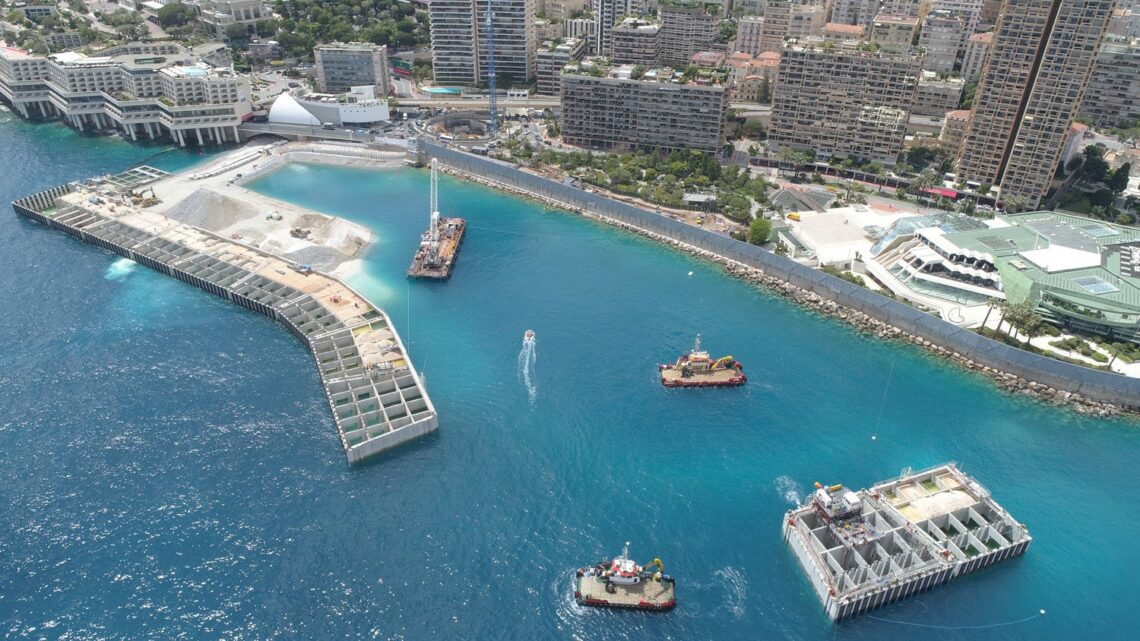
To limit impacts on local residents, we adopt measures tailored to the specific situation in each project, in consultation with the project owner, economic operators in the port community, and local infrastructures operators. Here are some examples:
- Firstly, the safety of both our employees and all persons close to the project must be guaranteed in strict accordance with our “100% safety” policy.
- We aim to minimise the amount of supplies coming in via land routes to avoid generating traffic in neighbouring districts, but also for safety reasons. Where possible we use sea or rail in consultation with the port authorities.
- We carry out the loudest activities during the daytime, to avoid noise pollution at night. Sound levels are measured constantly to ensure they remain at levels equivalent to those generated by the port’s usual activity.
- Excavation works are sprayed regularly to avoid dust particles in the air.
- Special measures are taken for maritime works to limit turbidity caused by the build-up of particles suspended.
In addition, we are very conscious of our social responsibilities and take steps designed to benefit local communities. For example, we systematically recruit locally where possible and train our labourers in civil engineering and safety. On the site of the Tortue Ahmeyim gas port development, we trained over 2,000 Senegalese employees in our areas of expertise between 2020 and 2022. Our teams also organise numerous social actions to help and encourage local initiatives by groups closely linked to the project. These can take all kinds of forms, such as litter collection on beaches, creating sporting events, or organising voluntary free HIV screening campaigns.
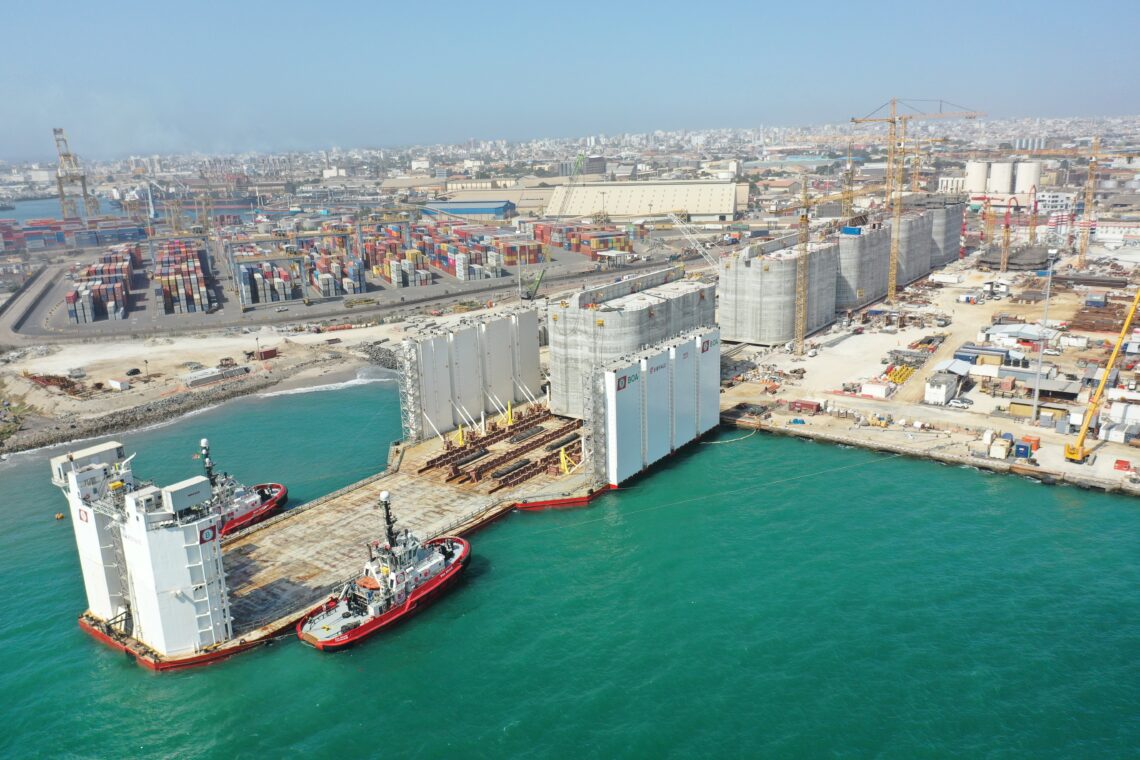
Civil engineering and sustainable development
AIVP- What are your plans for improving sustainability and mitigating the environmental impact of port infrastructures?
Cutting greenhouse gas emissions is a major objective for the Eiffage Group, which has made firm and quantifiable commitments to achieve it. Since 2020, we have published an annual climate report that details the actions we have taken or which are currently under way. The willingness to be an active player in this process comes right from the top of the Group.
The targets to be achieved, compared to the base year of 2019, are :
- For scope 1 (direct emissions by the company) and scope 2 (indirect emissions by the company): a 46% reduction in emissions by 2030.
- For scope 3 (external emissions) up- and downstream, a 30% reduction in emissions by 2030.
- Carbon neutrality by 2050.
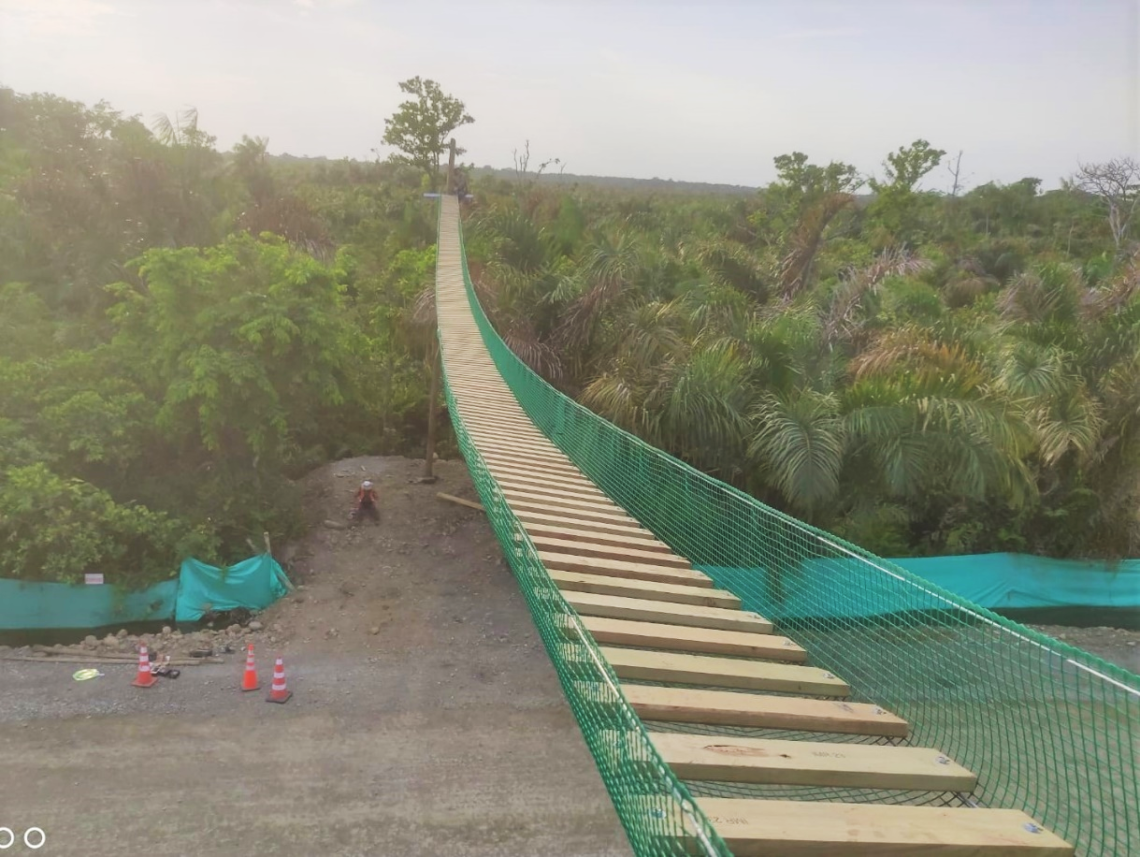
In practice, for our maritime projects which include special types of constructions, these are some of the solutions already deployed:
- Lighting in our worksite facilities and offices is provided by solar panels, rather than a generator-powered network.
- Waste water from terminals is filtered and any oil residues removed before it is disposed of.
- Before carrying out underwater work, we install sonars and/or deterrent systems to detect marine mammals and keep them at a safe distance while working.
- We offer our clients low carbon alternatives for dock equipment using recycled or biosourced materials, for example.
Finally, and because we believe it is an issue that deserves transparency, Eiffage’s greenhouse gas emissions are reported to the Carbon Disclosure Project (CDP) every year. This international non-profit organisation runs the world’s biggest environmental platform for companies, cities, states, and regions.
In 2019, the CDP gave Eiffage a score of B, two levels above the average rating of C for the European construction industry, confirming that the Group’s reporting methods are sound and its action plans effective. So yes, construction is a “hard to abate” sector, but that should encourage us to go the extra mile as it is perfectly possible to achieve conclusive results.

